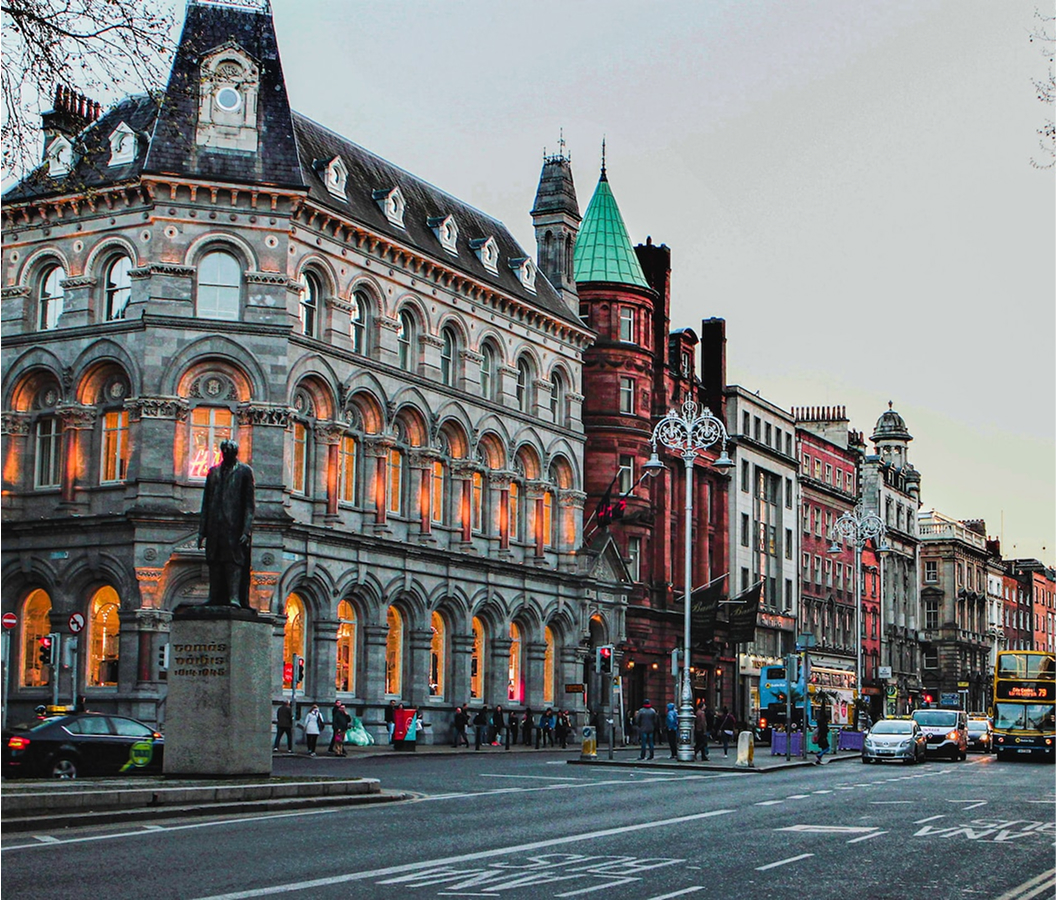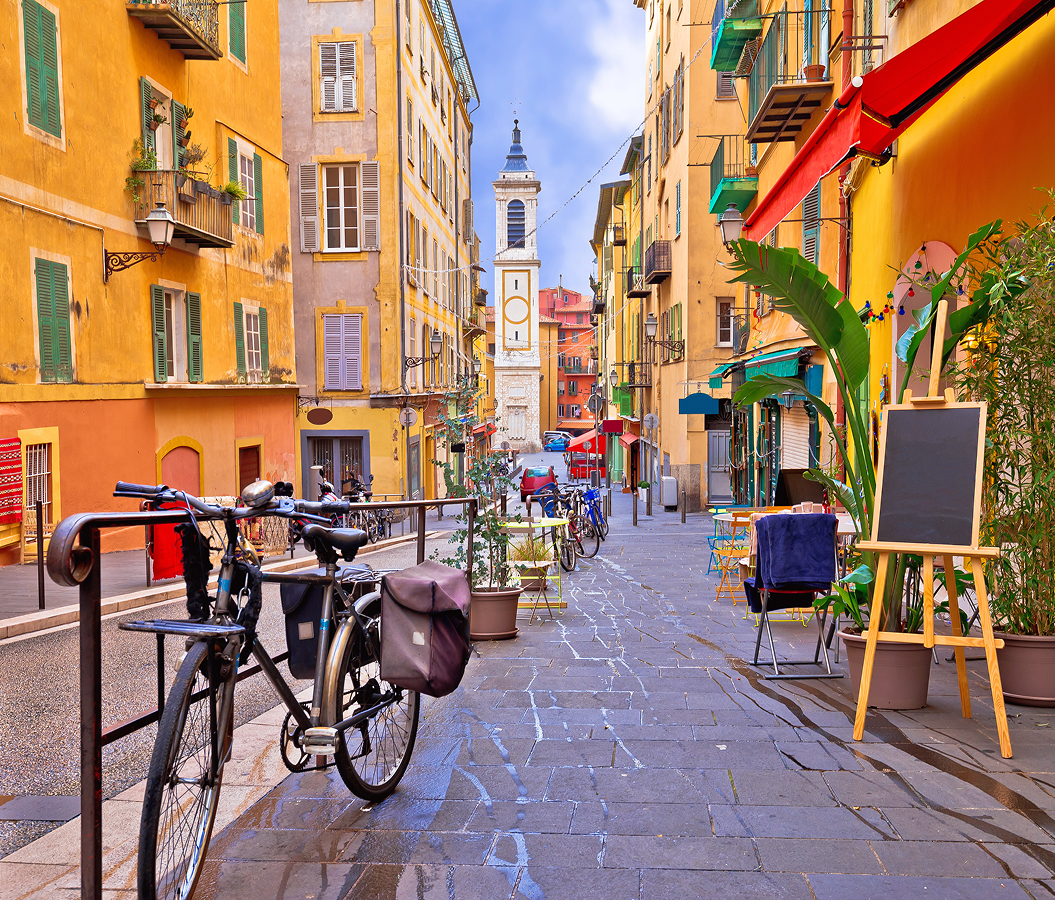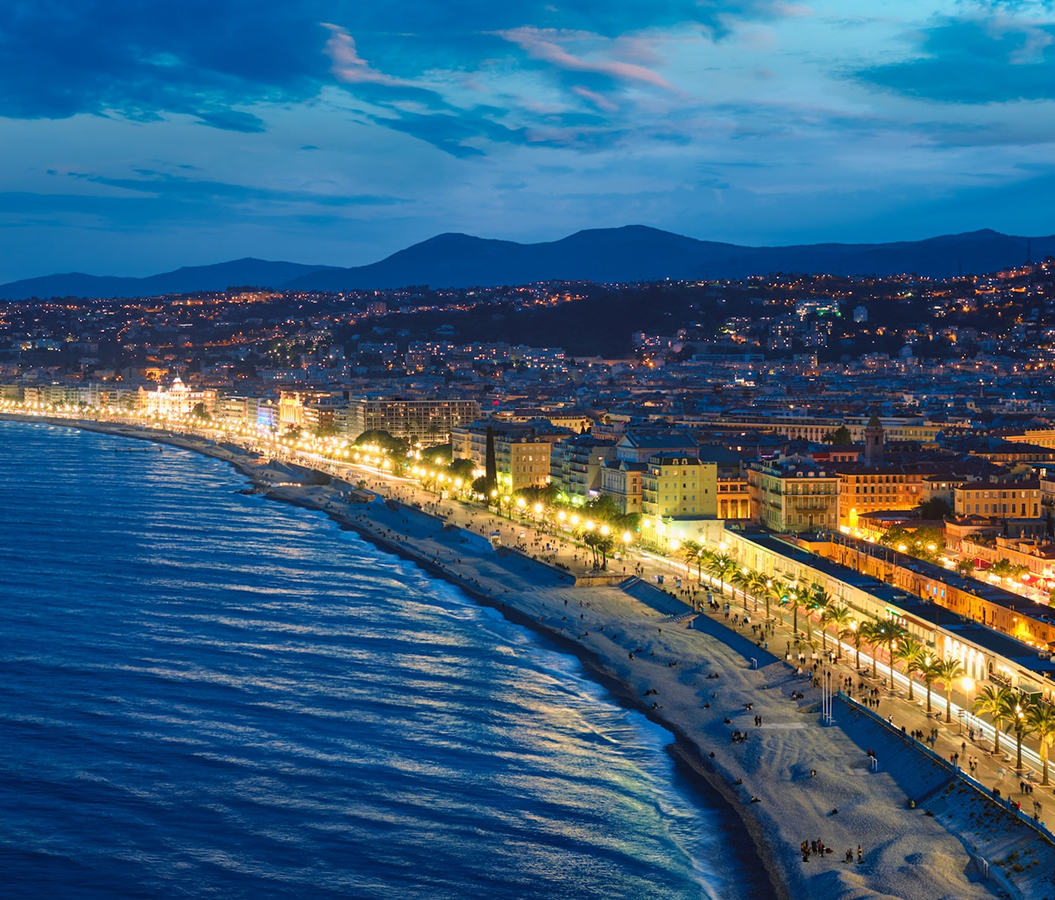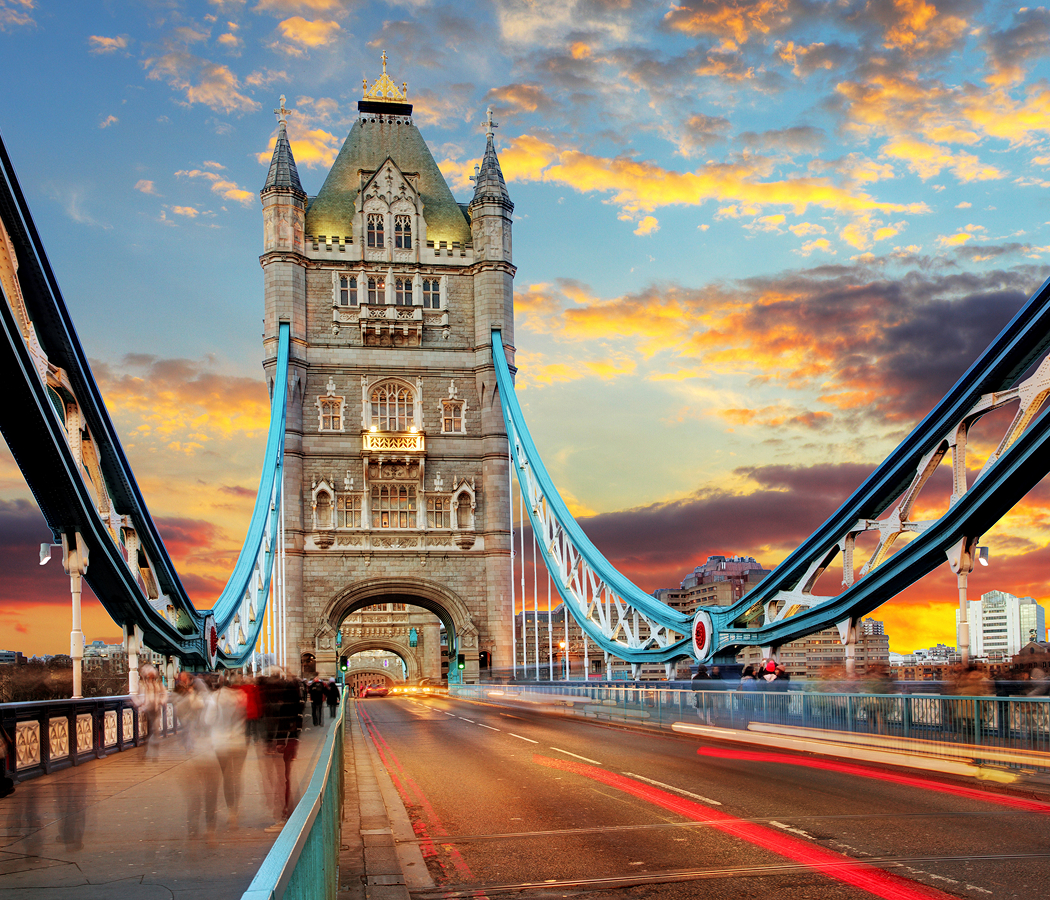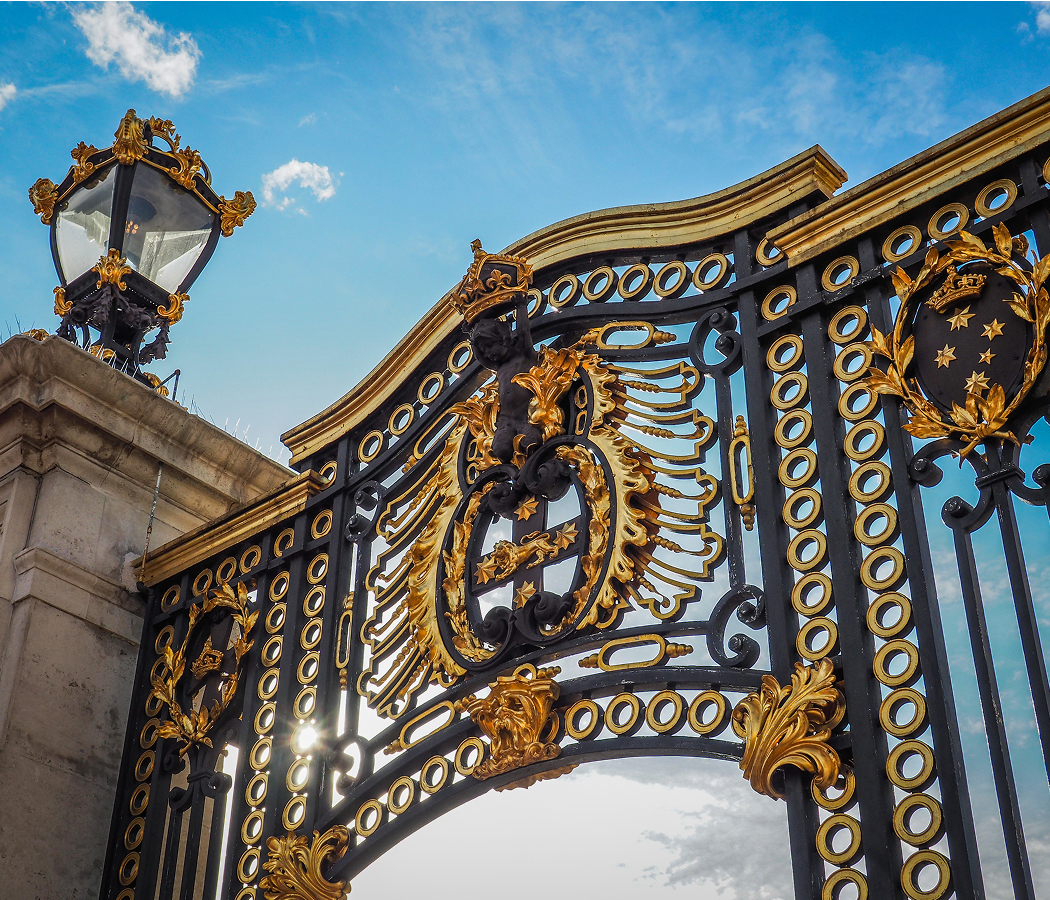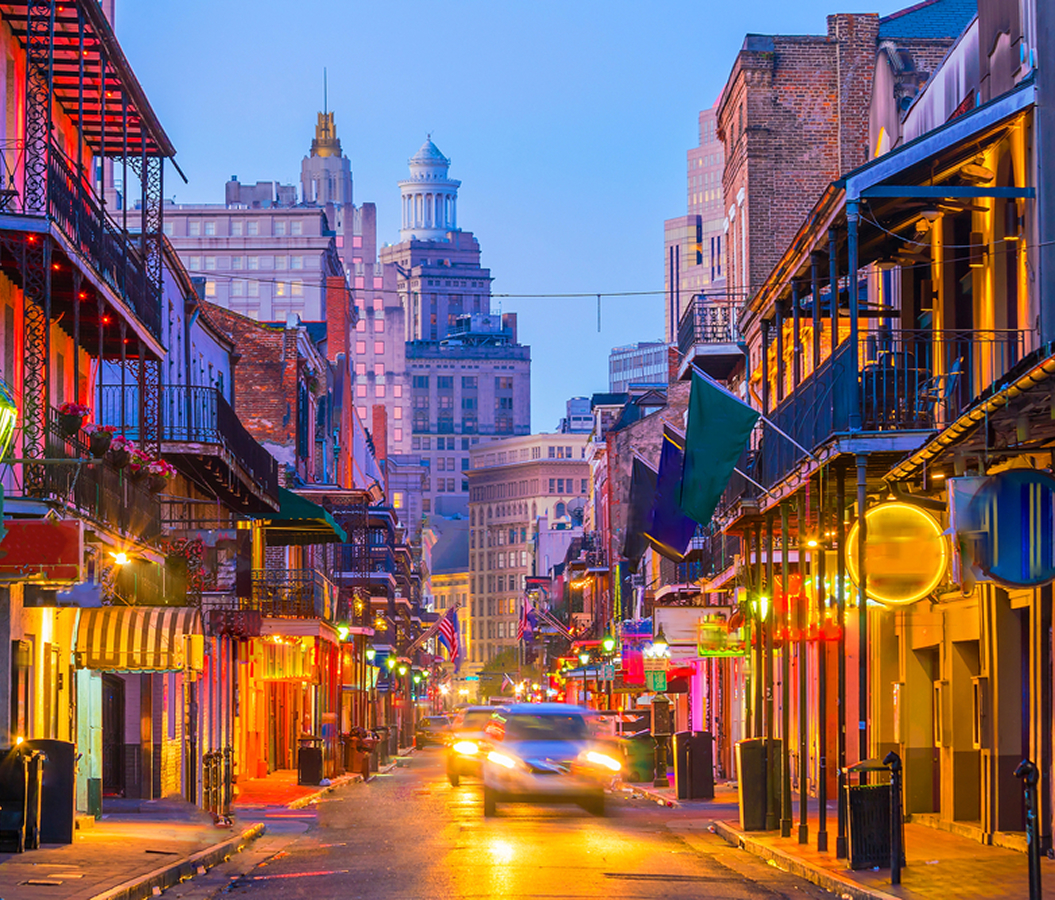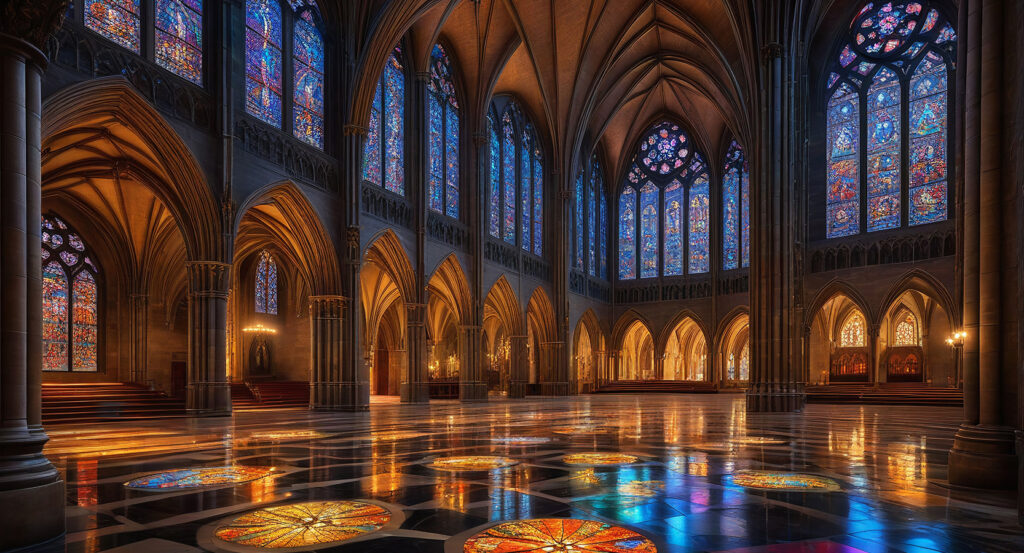
Why you should experience St. Patrick’s Cathedral in Dublin.
St. Patrick’s Cathedral in Dublin isn’t merely a church, it’s the spiritual heartbeat of Ireland, where centuries of faith, history, and artistry converge beneath a canopy of stone and light.
Standing tall beside the River Poddle since the 12th century, this magnificent Gothic cathedral embodies Ireland’s complex soul: poetic yet steadfast, reverent yet defiantly alive. Built on the site where St. Patrick himself is said to have baptized converts into Christianity over 1,500 years ago, the cathedral carries a sacred gravity that hums through every echoing corridor. From the moment you step through its heavy wooden doors, the air changes, rich with incense, candlelight, and centuries of whispered prayers. Shafts of colored light from the towering stained-glass windows spill across the checkered floor, illuminating memorials, marble effigies, and the intricate ribbed vaults that rise like a forest of faith above you. The choir stalls, the oldest in Ireland, still ring with angelic precision, their carved crests honoring the Knights of St. Patrick, founded by George III in 1783. Yet for all its grandeur, what strikes you most is the intimacy of the space. You can feel the weight of human devotion pressed into every surface: the worn pews, the brass plaques honoring soldiers and poets, the simple stone font where faith first met water. Step outside into the cathedral gardens, and you’ll find a quiet oasis in the heart of Dublin, a place where the city’s pulse softens to a steady, contemplative rhythm.
What you didn’t know about St. Patrick’s Cathedral.
St. Patrick’s Cathedral is as much a living chronicle of Ireland as it is a place of worship, each stone holds a story.
Completed around 1220, it has survived fires, restorations, and the upheaval of Irish history with a grace that mirrors the endurance of the people it represents. During the Reformation, the cathedral was converted to a Protestant place of worship, yet it continued to serve as a symbol of unity, welcoming all faiths and nationalities. Among its many treasures is the resting place of Jonathan Swift, author of Gulliver’s Travels and the cathedral’s Dean from 1713 to 1745. Swift was both a satirist and a moralist, and his influence still lingers, his tomb rests beneath the very pulpit from which he once thundered sermons on justice and hypocrisy. Beside him lies Esther Johnson, the “Stella” of his writings, whose relationship with Swift remains one of literature’s most enigmatic tales. But the cathedral’s legacy extends beyond the literary. Its floor tiles, designed in the 19th century by the Irish firm of Minton, form a dazzling mosaic of geometric patterns, a celebration of craftsmanship and color beneath the solemn stone. The cathedral’s tower houses the largest ringing peal of bells in Ireland, and its choir, established in 1432, continues to fill the nave with the ethereal harmonies that have accompanied coronations, funerals, and moments of national mourning. Even its gardens tell a story: once a swampy patch of land surrounding the baptismal well, they were transformed into a public space in 1901 by Sir Benjamin Guinness, ensuring that the cathedral would forever belong to the people of Dublin.
How to fold St. Patrick’s Cathedral into your trip.
Visiting St. Patrick’s Cathedral is to walk through the very soul of Dublin, an experience that invites reflection as much as wonder.
Start your visit early, when the morning light filters through the stained glass and bathes the nave in hues of ruby and sapphire. Take a moment to stand beneath the soaring arches and simply listen, to the creak of the old wood, the echo of footsteps, and the faint hum of the city outside. Wander slowly through the aisles, pausing at the memorials that line the walls: tributes to soldiers, scholars, and saints, each a fragment of Ireland’s living story. Don’t miss the Swift memorials, the marble bust, the original manuscripts displayed nearby, and the epitaph he wrote himself: “Where savage indignation can no longer tear his heart.” Move toward the Lady Chapel, a space of softer light and quiet reverence, where votive candles flicker beneath centuries-old stone. Step outside afterward into the adjoining park, a favorite gathering spot for locals and travelers alike. From there, you can follow in St. Patrick’s footsteps to the nearby St. Patrick’s Park well, where legend says he baptized converts in the 5th century. The view of the cathedral’s spire rising over the gardens is one of Dublin’s most poetic sights, especially in the golden hour of late afternoon. When the bells begin to ring, deep, resonant, and proud, it feels as though the whole city pauses to listen. End your visit with a quiet walk through the surrounding Liberties district, where history and modern life coexist as naturally as breath. St. Patrick’s Cathedral isn’t just a monument to faith, it’s Dublin’s living heart, still beating in stone, song, and spirit.
Hear it from the Foresyte community.
Whole place is like a light show inside a stone giant. The windows throw colors everywhere and you just stand there like wow okay I get it. Kinda forget you’re in the middle of Dublin for a minute.
Where meaningful travel begins.
Start your journey with Foresyte, where the planning is part of the magic.
Discover the experiences that matter most.



